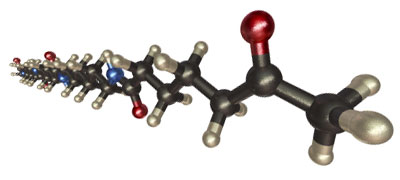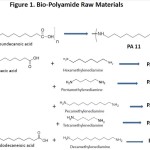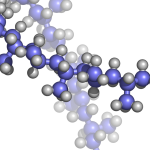Guest Blog by Dr. Robert Humphreys Bio-polyamides have been available commercially since the first half of the 20th Century, when Rilsan®11 was first introduced1. Image at left are Rilsan®HT connectors (source: Arkema). Since then, other partly or fully bio-sourced polyamides have been commercialized for a range of applications. Properties, formulation and applications of ... [Click to Continue...]
Bio-Based Polypropylene; Multiple Synthetic Routes Under Investigation
Polypropylene (PP) is a thermoplastic polymer with a relatively high melting point (Tm=165C) and ability to process using injection molding. The higher melting point of PP allows it to be used for plastic items such as medical products (withstand the heat in an autoclave) and dishwasher safe containers. Additionally, polypropylene has good fatigue properties enabling use as ... [Click to Continue...]
Aliphatic Poly(alkylenedicarboxylate) Polyesters: Organic or Not Organic?
Guest Post by Dr. Robert Humphreys I don’t buy “organic” foods except on the rare occasion that I can find them at price parity with the “not organic” version. I admit that organic vegetables and fruits tend to be more attractive in appearance, at least on the store shelf. People I know who are devotees swear that they taste better and for them, that is enough to justify paying ... [Click to Continue...]
Polyethylene Furanoate (PEF): 100% Biobased Polymer to Compete with PET?
In our July 9, 2012 post we discussed the initiative driven by Coca Cola to develop bio-based plastics for beverage containers. The first phase of this massive project has resulted in the Plant BottleTM which is made using bio-PET where the ethylene glycol starting monomer is made from renewable sources. The Plant Bottle contains approximately 30% bio-based carbon. But the ... [Click to Continue...]
Polyhydroxyalkanoates: Nature’s Polyester
Guest Post by Dr. Robert Humphreys Whenever I think of polyester, I am reminded of an old Steve Martin joke directed at the tacky clothes worn by band member Tommy Newsom during the Tonight Show: “Do you know how many polyesters had to die to make that suit?” There is actually some truth to this bit of levity when one is considering polyhydroxyalkanoates (PHAs), since the ... [Click to Continue...]





